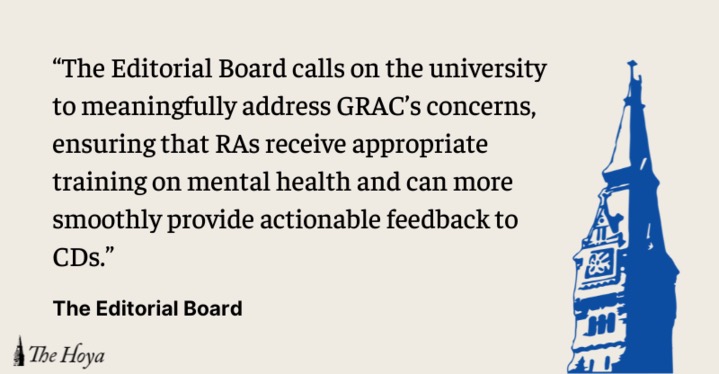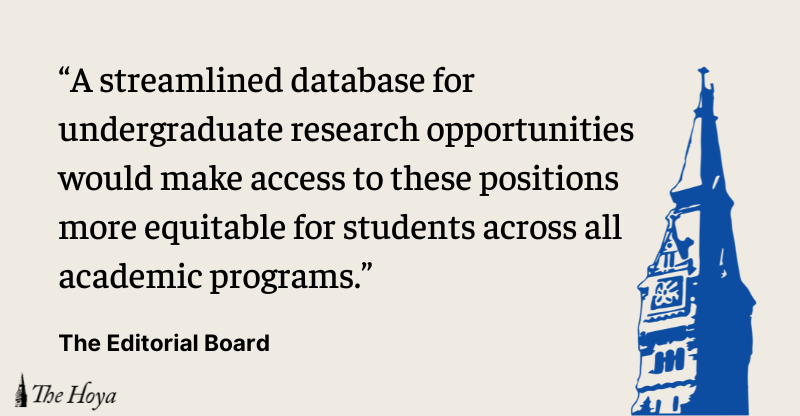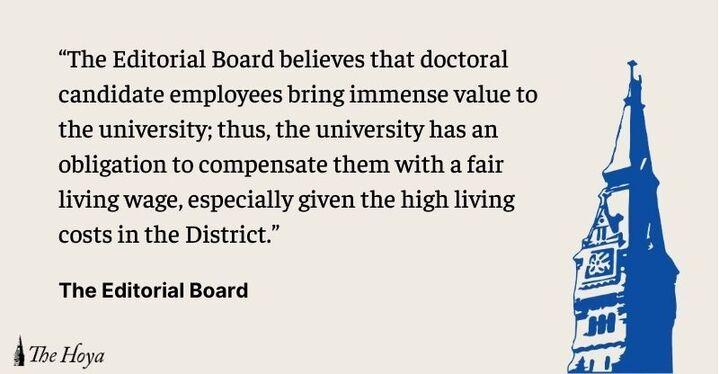As campus is again flooded with prospective and admitted students, tour guides will point out the four freshman dorms and explain how each has unique perks and disadvantages. But what prospective students aren’t told is that even after being shown these possibilities, they will have no say in where they live during their first year at Georgetown.
If Georgetown’s freshman dorms were all the same, there would be good reason to randomly assign students to those dorms. But when the living styles and amenities provided in each dorm are so clearly different, it’s only fair that incoming students have an opportunity to express their residence hall preferences.
There is certainly something to be said for the random lottery allocation that currently assigns freshman housing. Many students who enter Georgetown with negative, preconceived notions about their dorm actually grow to love their randomly assigned locations, and the current system avoids any feelings of injustice or disappointment before students get to campus.
But with a preference-based system, students would be able to rank each of the dorms. If they chose a roommate through CHARMS, the website could include an additional question where, upon commitment, the pair could agree on their rankings. Each pair would then receive a lottery number, maintaining the same democratic element of the current system. The only difference would be that each pair’s dorm choice would also be considered.
Freshman housing at Georgetown varies greatly. Some, for example, consider the New South sinks most desirable, while others want the camaraderie of a Harbin cluster. As long as so much variation exists among the freshman dorms, a ranking system will leave more students in a dorm where they’d rather spend their freshman year.
The risk of a ranking system is that it sets expectations. Some students may be upset landing a less-desired housing assignment if they’ve been explicitly denied their preferences, rather than just been randomly dorms. Ultimately, though, the benefit of matching students with their preferred living spaces outweighs the risk of minor disappointment.
If one student would rather live in Harbin and another in Village C, there is no cost to the university in accommodating such preferences. If they don’t get their choice, they are no worse off than they would have been under the current random allocation system. Allowing for rankings simply provides the university with more information, which could result in increased satisfaction among incoming freshmen. First years already face the same randomized ranking system in preregistration — they state their preferences, and then may or may not get into the classes they chose because of the limited space available. Within a few years of this proposed change, students would come to see housing in the same, unbiased light.
The current allocation of freshman housing isn’t a bad or ineffective system — it’s just one that could use improvement. By letting students rank their housing preferences, Georgetown could help freshmen take advantage of the unique, varied opportunities provided by each freshman dorm.













